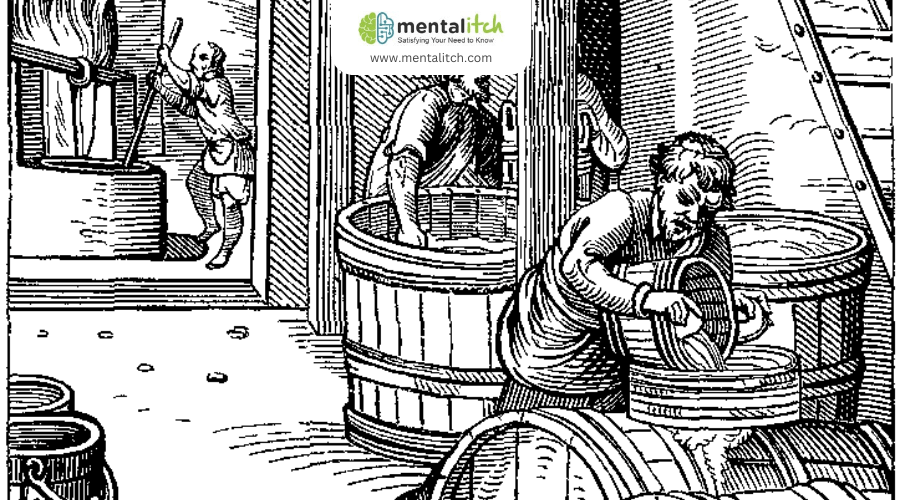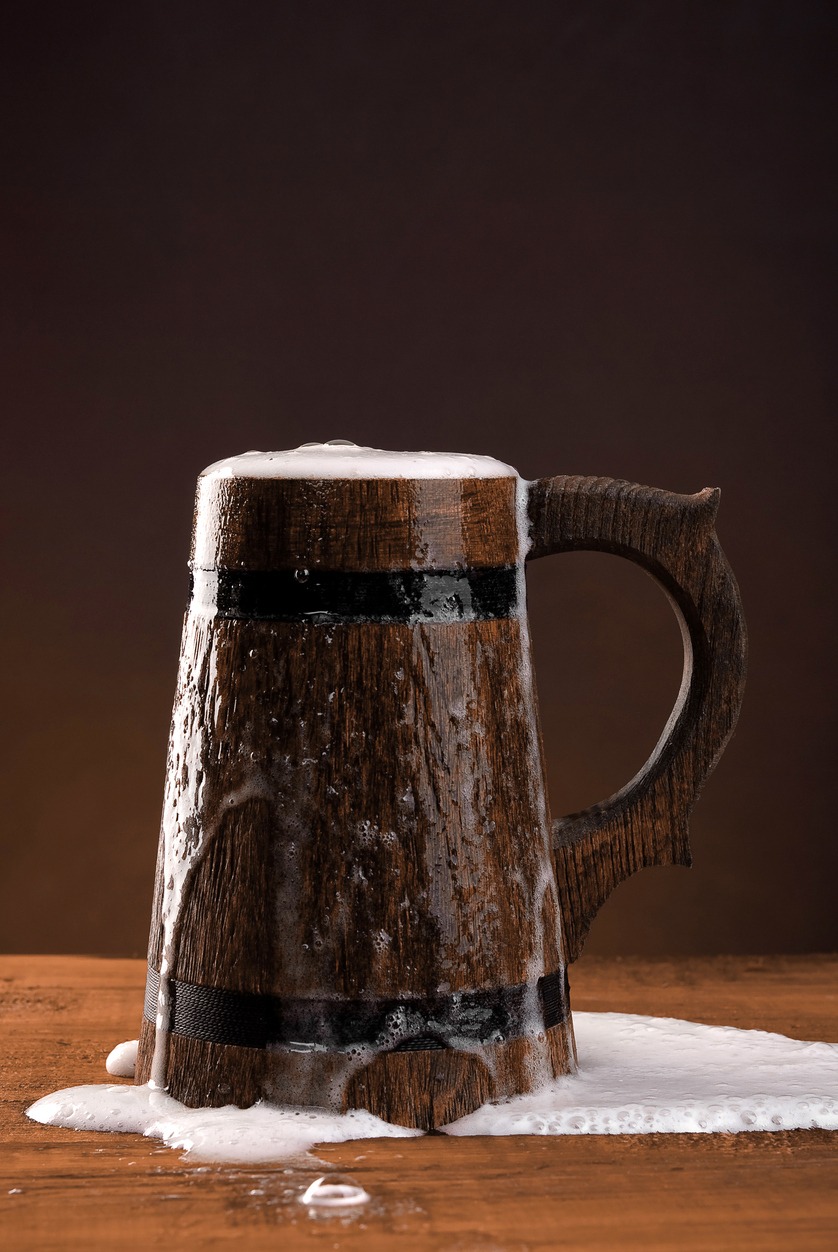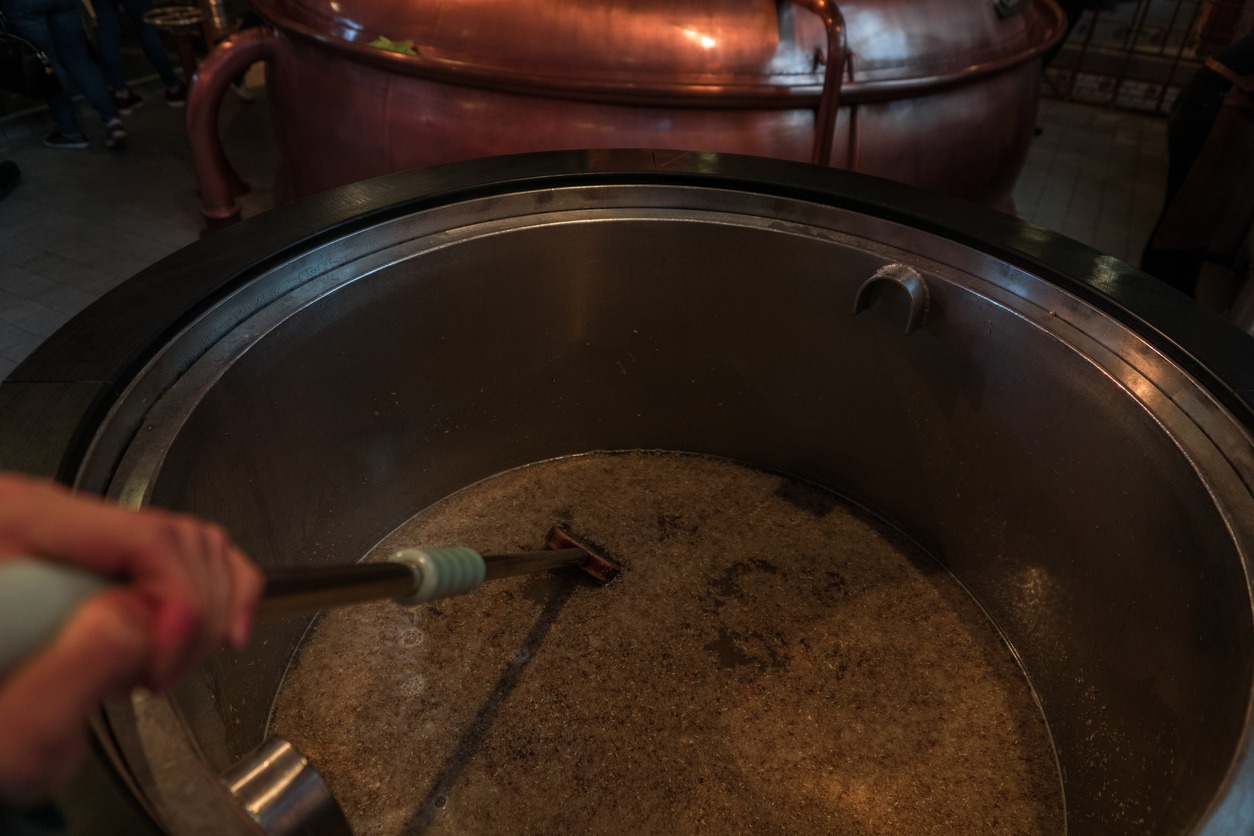Brewing beer is an ancient tradition that dates back thousands of years, deeply connected to human civilization. One fascinating method used by early brewers was making beer from bread. Exploring this old practice reveals the creativity of our ancestors and the various flavors and customs that have shaped the development of beer.
The Role of Bread in Brewing
In ancient brewing, bread was essential in providing sugars needed for fermentation. Ancient brewers would soak bread in water to break down the starches, creating a sugary liquid essential for the brewing process. This method was fundamental to ancient beer recipes.
Sourdough starters were commonly used in these recipes due to their natural content of wild yeasts and bacteria, which are crucial for fermentation. Combining bread, grains, and water produced a unique brew with distinctive flavors. Bread didn’t just serve as a sugar source but also contributed to the beer’s overall character and complexity.
Using bread allowed brewers to replace some of the grains typically needed for brewing, making the process more efficient and minimizing waste. By incorporating bread into their recipes, ancient brewers showcased remarkable creativity and resourcefulness, crafting beverages that were both practical and flavorful.
Ancient Fermentation Techniques
Ancient fermentation techniques include a variety of methods used by early civilizations to preserve and transform foods and beverages. These techniques developed over thousands of years, were essential for sustaining communities and shaping culinary traditions.
Let’s break down the process:
- Mashing the Bread: Stale bread was broken into crumbs and mixed with water in a large vessel to create a mash. The mash was heated to extract fermentable sugars, similar to modern brewing.
- Extracting Wort: The mixture, called wort, was strained through a sieve or cloth to remove bread crumbs, leaving a clear liquid.
- Boiling and Flavoring: The wort was boiled in a kettle, and various herbs, spices, or fruits were added for flavor and aroma, resulting in unique brews.
- Cooling and Fermentation: The hot wort was cooled by transferring it to shallow vessels or adding cold water. Once cooled, yeast was added to ferment the sugars into alcohol and carbon dioxide.
- Maturation and Conditioning: The beer then matured and conditioned for a few weeks to several months, allowing the flavors to develop and mellow.
While the specific techniques and ingredients used in ancient beer brewing varied across different cultures and regions, the practice of brewing beer from bread highlights the resourcefulness and creativity of early brewers.
Ingredients and Supplies Needed
Bread serves as your primary source of fermentable sugars, crucial for the brewing . Grains, often malted, add additional sugars and flavors. Yeast, naturally present in the bread, initiates fermentation by converting sugars into alcohol. Water is also vital for mixing and extracting sugars from the bread.
Clay vessels are used for soaking and fermenting the mixture, while straining cloths help filter out solid bits, ensuring a smoother brew. Fermentation containers are necessary to allow the mixture to ferment properly over time.
Step-by-Step Brewing Process
Start by soaking the bread in water to break down the starches and release fermentable sugars, a crucial step regardless of whether you’re using leavened or unleavened bread.
Once the bread is thoroughly soaked and mushy, proceed to boil the mixture with hops and any other desired ingredients. This boiling process sterilizes the mixture and extracts flavors from the hops.
After boiling, allow the mixture to cool to a temperature that’s safe for yeast to thrive. Add the yeast to the cooled mixture to initiate the fermentation process. During fermentation, the yeast consumes the sugars released from the bread, converting them into alcohol and carbon dioxide, thereby transforming your bread-based mixture into beer.
Once fermentation is complete, strain the beer to remove any remaining solids. This step ensures a smoother final product.
By using bread, particularly leavened bread, you create a unique beer while also reducing food waste. This method of brewing supports sustainability and minimizes environmental impact by repurposing bread that might otherwise be discarded.
Enjoy your homemade beer, knowing you’ve contributed to a circular economy and food conservation.
Flavor Profile of Ancient Beer
After brewing, ancient beer made from bread offers a unique flavor with hints of smokiness and a slightly sour, fizzy taste. The bread adds a rich, malty depth that’s hard to replicate. The smokiness comes from the drying or baking methods used for the bread, giving each batch a distinct character. Using bread also enhances the beer’s complexity and mouthfeel compared to traditional grain-only beers. The sour and fizzy qualities result from natural fermentation with wild yeasts, which were common in ancient times.
Ancient bread beer is more complex than modern beers, with a multi-layered taste. Each sip reveals new flavors, from smokiness to lingering maltiness, making it a unique culinary experience that offers a taste of history.
Rituals and Ceremonial Uses
Ancient cultures brewed beer from bread for religious rituals. The ceremonial use of bread-based beer was integral to sacred practices, symbolizing more than just a beverage.
In many societies, this beer was often offered to deities and played a central role in rituals marking major life events and changes. During harvest festivals or religious ceremonies, bread-based beer was considered sacred, representing sustenance and divine favor. The brewing process itself was seen as a connection to the gods, with each step reflecting ancient beliefs and traditions.
Additionally, these rituals emphasized communal unity and shared spiritual experiences. Participation in these sacred customs reaffirmed cultural identity and spiritual beliefs. Thus, the ritualistic use of bread-based beer was both a religious act and a celebration of cultural heritage.
Social Gatherings and Festivals
Imagine attending an ancient festival, where the aroma of freshly brewed beer made from old bread fills the air. This beer, crafted from a carefully preserved recipe, was more than just a drink; it was a symbol of unity and tradition.
Social gatherings often revolved around the consumption of this unique beer. Whether it was a grand religious festival or a simple village feast, bread-based beer was served, marking the occasion with a touch of tradition and community spirit. The process of brewing beer from old bread highlighted the resourcefulness of ancient cultures, turning a staple food into a cherished beverage.
These beer recipes were handed down through generations, ensuring that the art of brewing remained an integral part of social life. Sharing bread-derived beer at these events was about more than just enjoying a drink; it was about connecting with others, honoring traditions, and celebrating life’s milestones.
Conclusion
For thousands of years, our ancestors turned stale bread into beer, a drink that was essential to ancient life. It was used in religious rituals, social events, economic trade, and cooking, helping to shape cultural identity and community bonds. Studying ancient beer-making reveals early brewers’ resourcefulness and creativity, and shows the link between food, culture, and heritage. Modern brewing has changed, but making beer from bread remains a testament to the human quest for sustenance, celebration, and connection.


